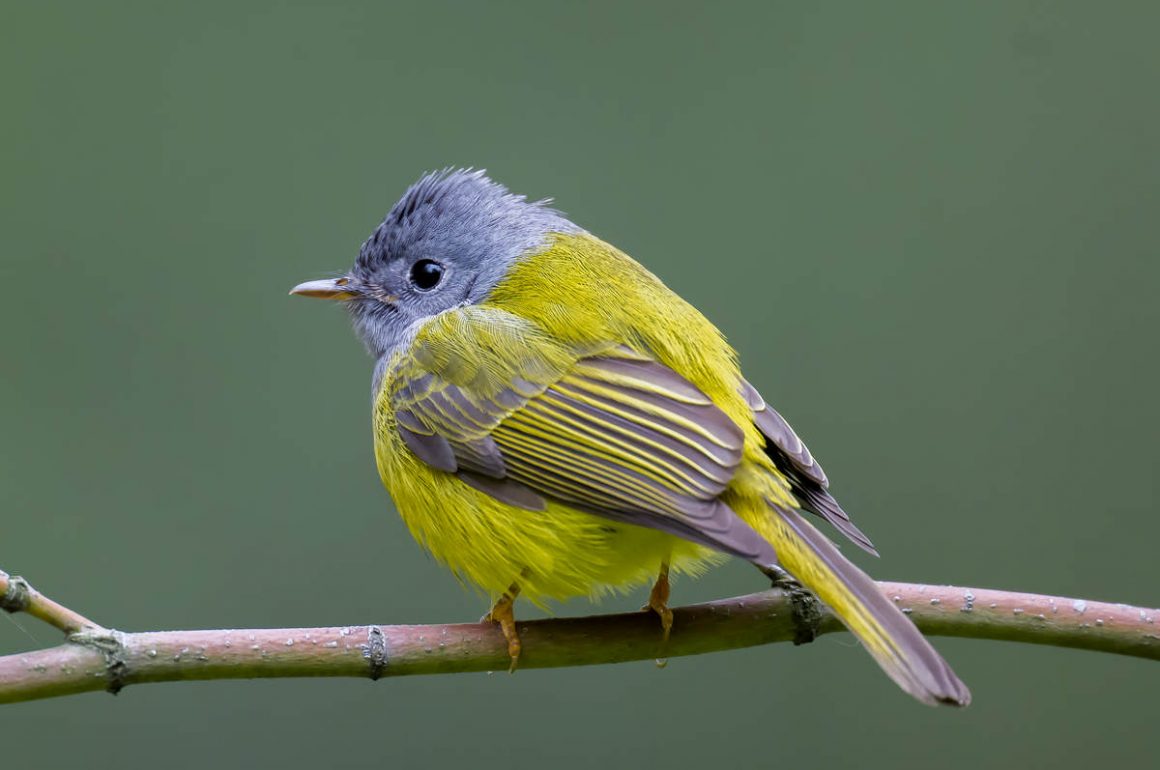
This year, it seems I wrote one post on birding in Shanghai each month – and I am still not even sure anyone is interested in these. Maybe the topic is too bureaucratic or irrelevant? Comments are welcome.
Probably the most interesting bird this month was a Grey-headed Canary-Flycatcher showing up in the Shanghai Botanical Garden. This bird is not rare at all further down south, but one would not expect it in Shanghai in mid-December.
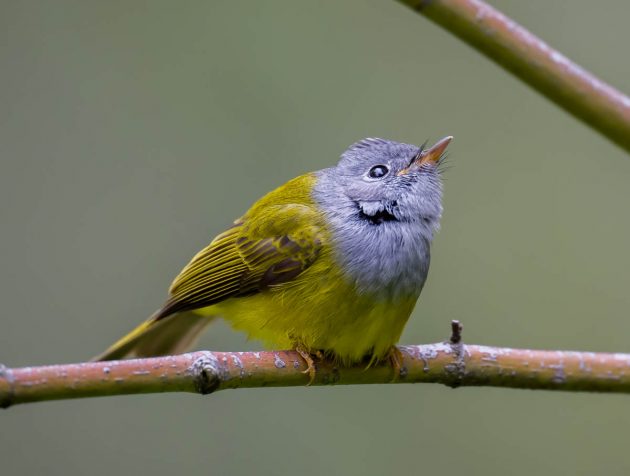
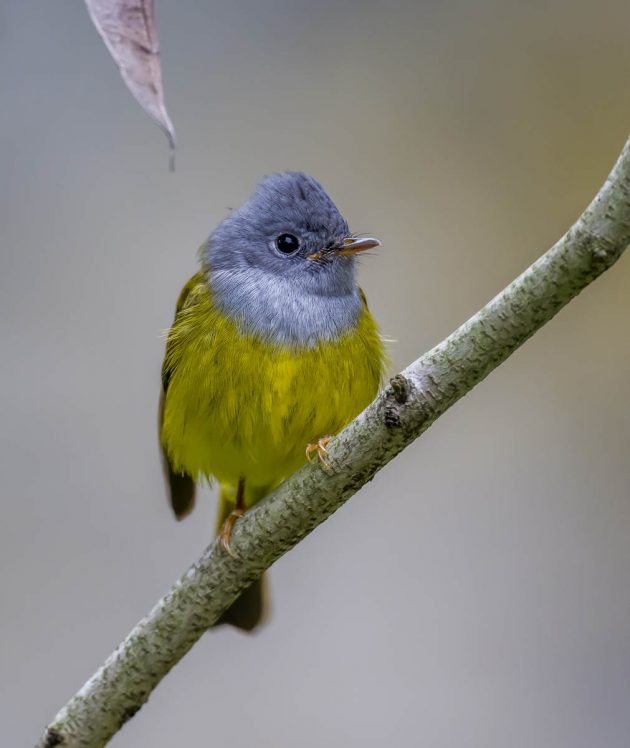
My attempt at creating a Hallmark card below.
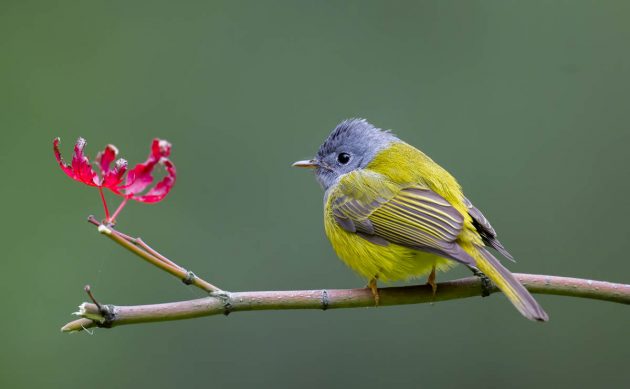
This is a rather photographer-friendly species, staying on the same branch for quite a while and even returning to it after catching some insects – you can see this on video here and here.
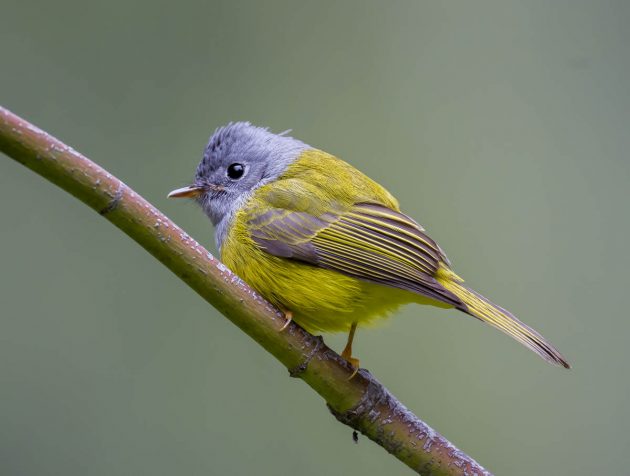
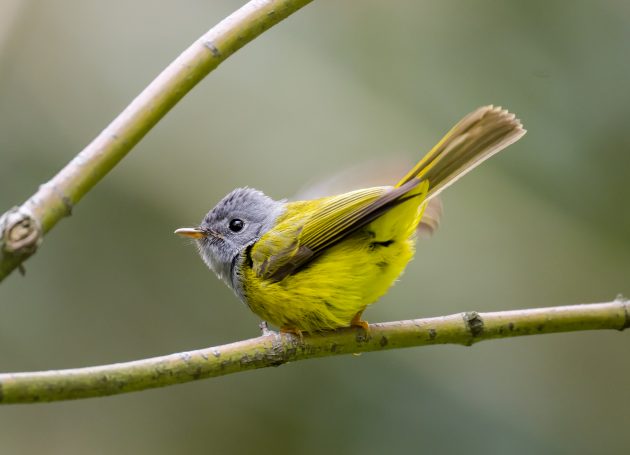
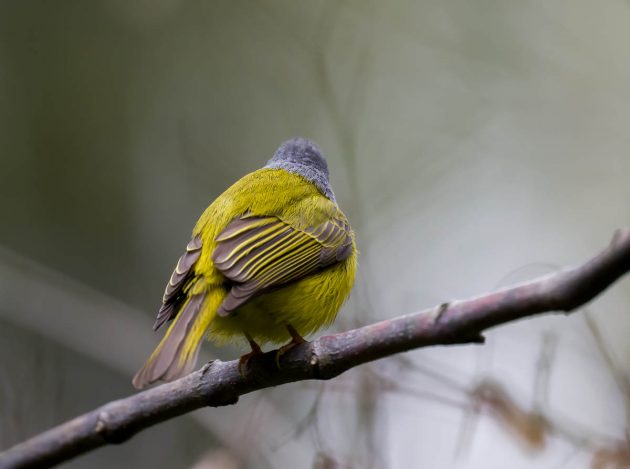
The Eastern Marsh Harrier is sometimes considered to be a subspecies of the Western Marsh Harrier, but it seems most sources now regard it as a separate species. There is substantial hybridization in the Baikal region of Eastern Siberia (source), similar to the hybridization between Western and Eastern Germans (which occasionally even produces viable offspring).
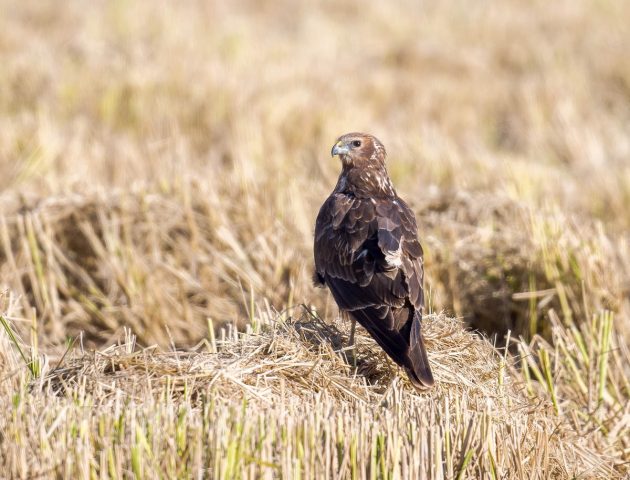
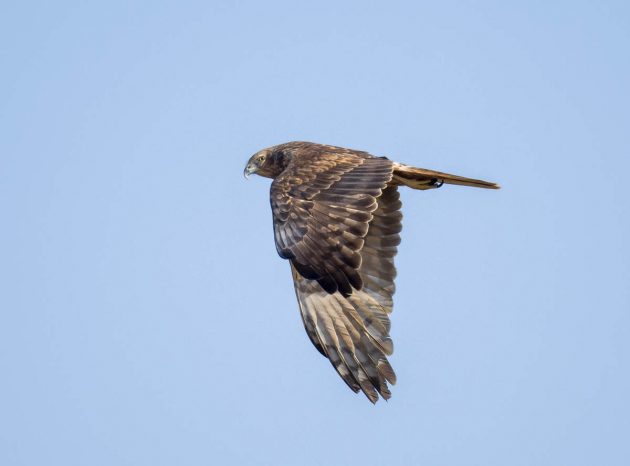
This is a female.
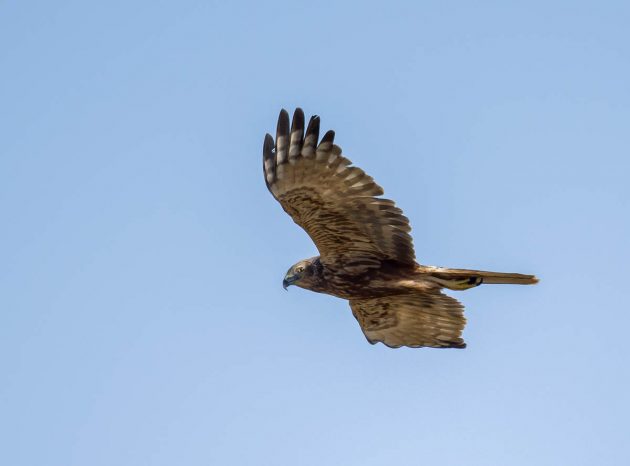
In contrast, this (badly photographed) Siberian Rubythroat is probably a juvenile male, according to one friend who is more qualified than me to make such statements.
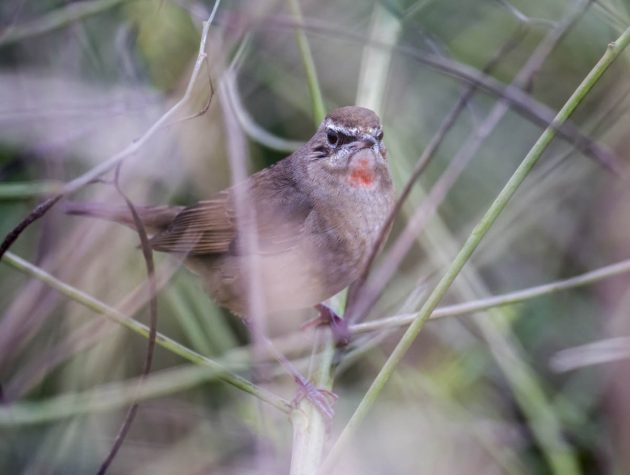
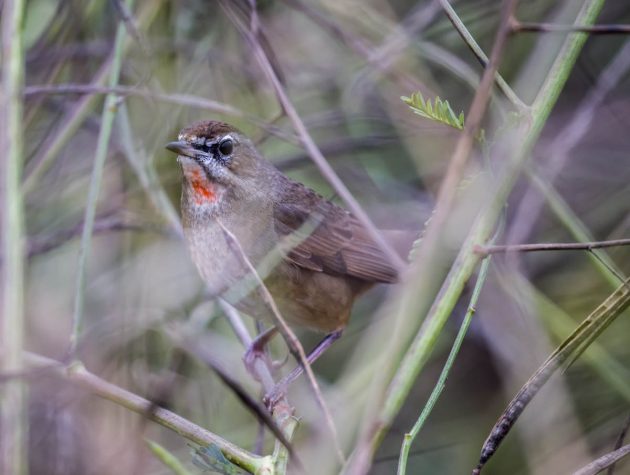
Not much red on its throat – but still better than this Common Rosefinch seen at Tianmashan.
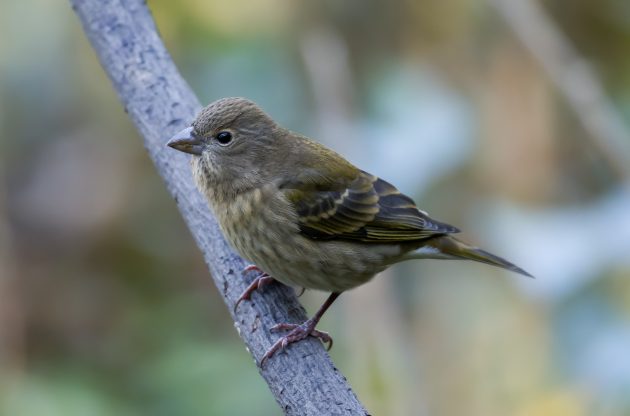
I know – sexism is very common in the birding world. Ok, it could be a first-year male as well.
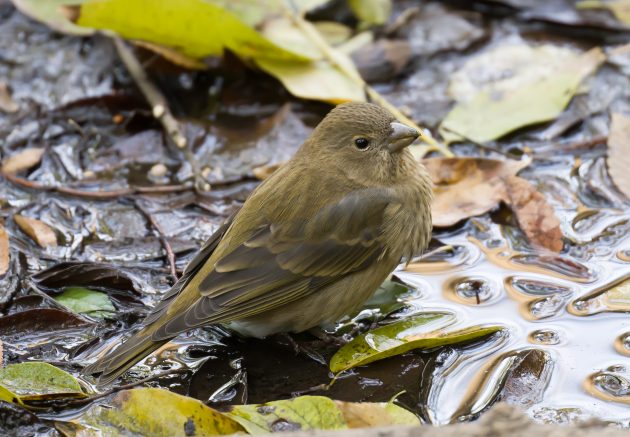
An older paper on this species has the rather surprising title “Mate choice is not important for female reproductive success in the Common Rosefinch”. The logic is that “approximately 50-99% of the variance in female reproductive success was due to nest predation during incubation” and “males did not defend nest sites”. I am not entirely convinced by this logic, but unattractive male rosefinches may read this paper with joy.
Azure-winged Magpies fail to pass the mirror test, a test commonly used to determine self-recognition. While the source does not say so directly, it hints that this means the species is not as intelligent as Eurasian Magpies (which pass the test).
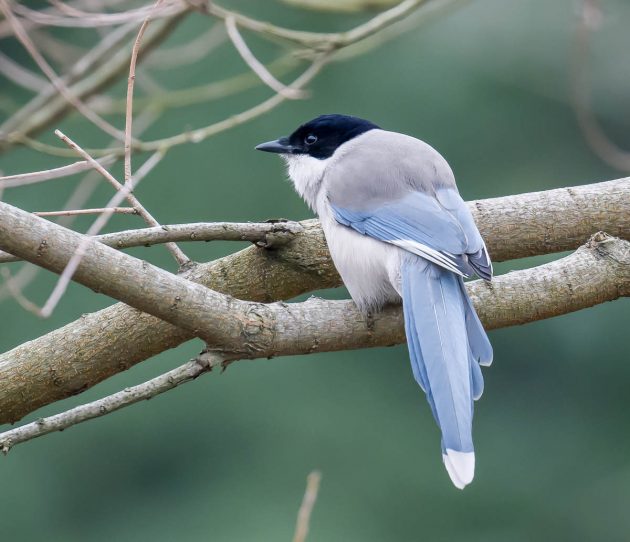
On the other hand, the birds share food with other birds of the same species, particularly if these do not have food (and unsurprisingly, even more particularly if they are of the opposite sex). Of course, the paper ends with the usual thinly disguised request for more research grants: “This sharing behavior could indicate a high level of social awareness and prosociality that should be further investigated. Further studies are needed …”
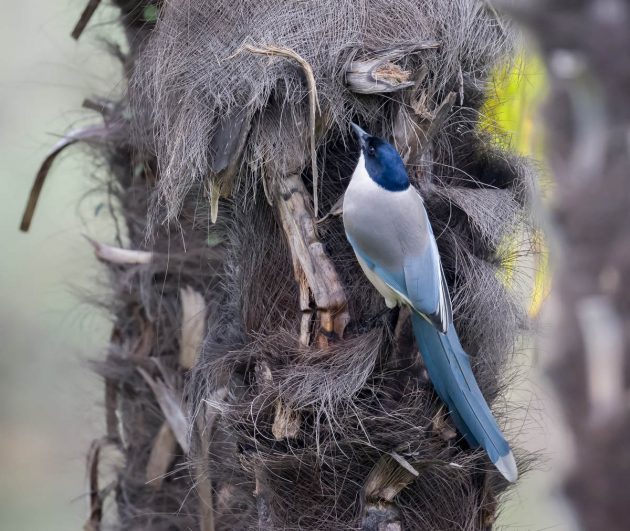
If you use a bad online translation engine to translate the Chinese name of the Northern Lapwing into English, you will end up with the “Crested Wheat Chicken” (Fèng tóu mài ji). Somehow I feel this is a bit degrading to the species, but it probably does not care.
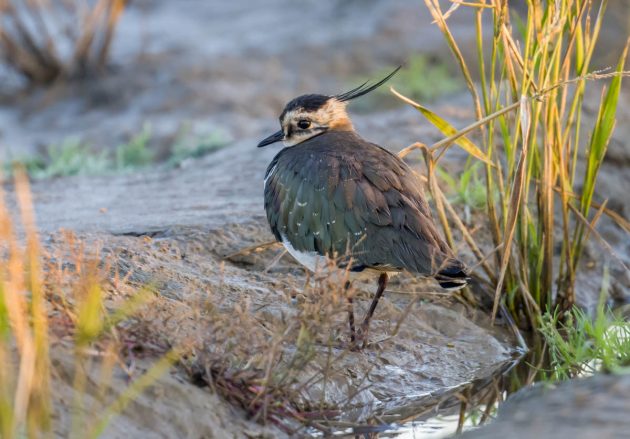
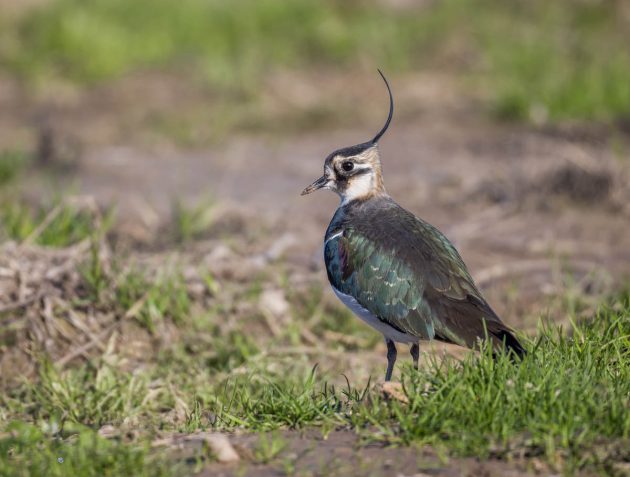
The Common Kestrel has a slightly derogatory Latin species name – tinnunculus, or shrill-sounding. While listening to its call on xeno-canto confirms that the call indeed is a bit shrill, it seems a bit unfair to turn this into the defining feature of the bird, providing its name. It is like the old sheepshagger joke …
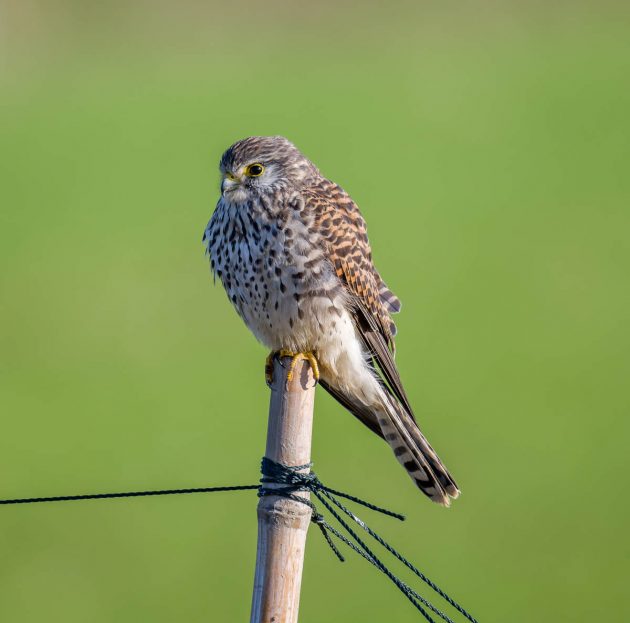
Searching for papers on the Common Kestrel, one abstract immediately caught my attention. It starts as follows: “Historical variations (1966–2016) in the exposure to inorganic elements in raptors of South West Spain have been little studied.” The feeling of not knowing about this is almost unbearable.
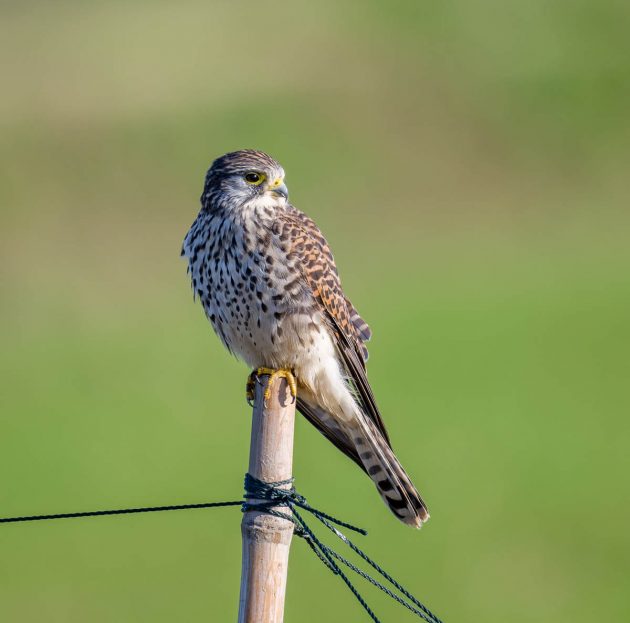
Sadly, once Common Kestrels run into problems that result in them being turned into rehabilitation centers, their chances of survival are relatively slim – in one study, only 16% of the birds could be released back into the wild while 82% died.
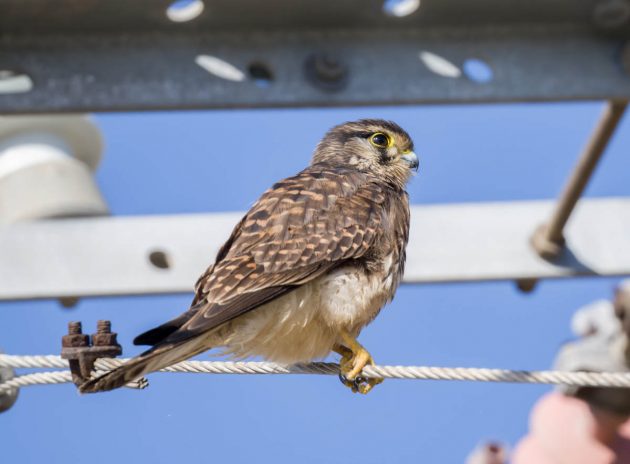
Another paper looked at how female kestrels choose their partners – do they prefer specific colors? The authors enhanced the colors of one male but not another, and then let females choose. Somewhat disappointingly, the females did not really differentiate between colored and control males. My hypothesis is that inner values are much more important to them.
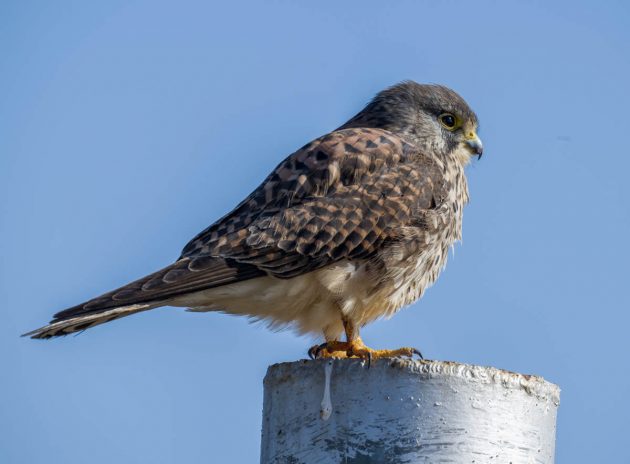
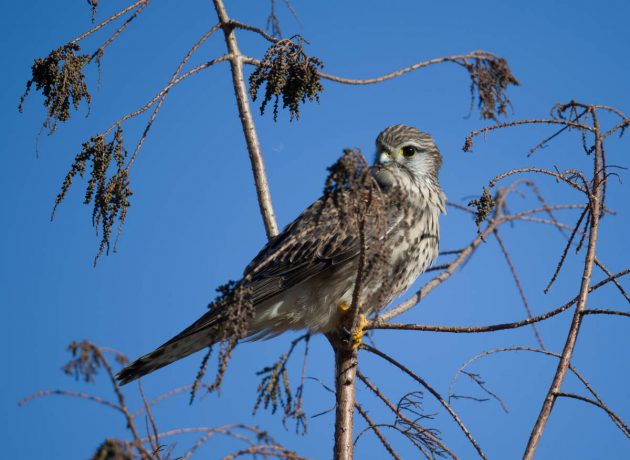
The site birdstudies.net has a nice cute illustration of the Grey-capped Greenfinch.
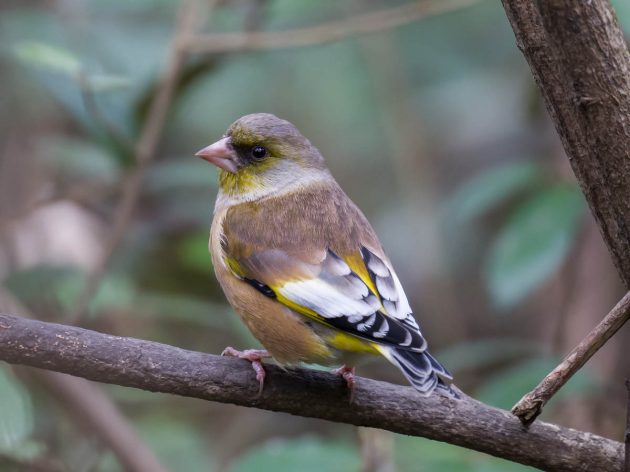
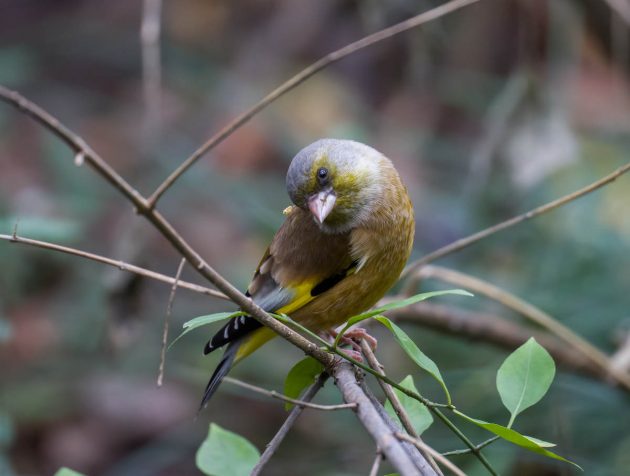
Inequality in greenfinch society is partly due to assortative mating – cool/attractive/rich/educated male greenfinches preferably mate with cool/attractive/rich/educated female greenfinches. As scientists have found. Presumably, this also leads to income inequality, if parallels to humans are any guidance.
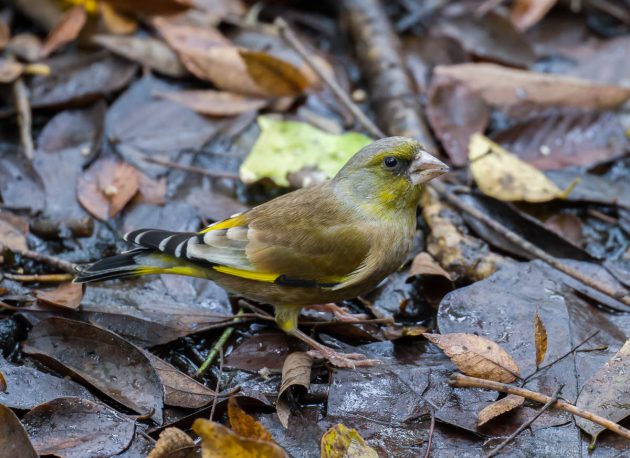
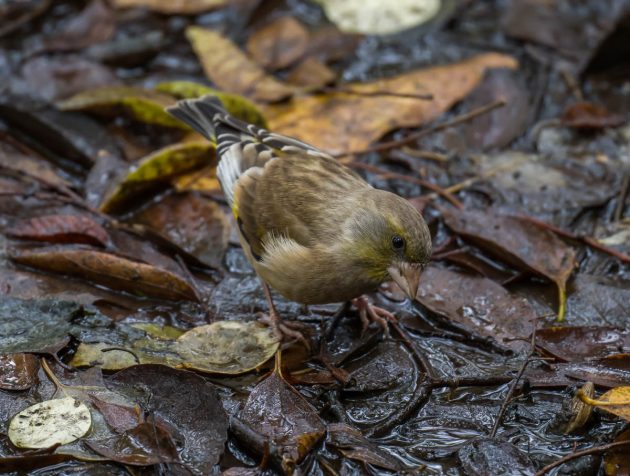
Tristram’s Bunting is named after Henry Baker Tristram (1822-1906), a person described by Wikipedia as a “parson-naturalist” who “was an early supporter of Darwinism, attempting to reconcile evolution and creation.” Given that apparently “Tristram, after early acceptance of the theory, rejected Darwinism”, this bunting could be a good candidate for being renamed as well (unless, of course, it turns out the species was created by Intelligent Design).
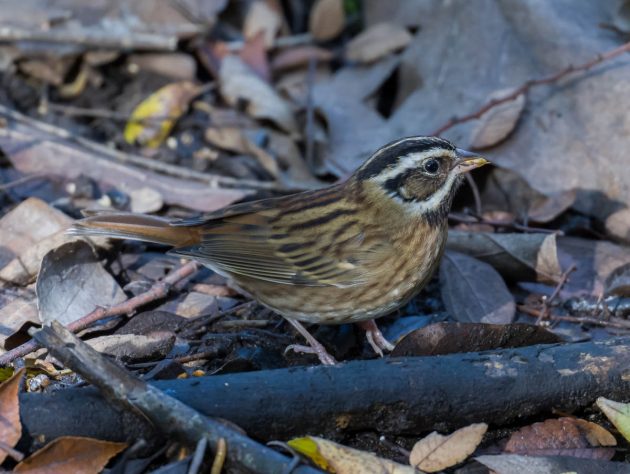
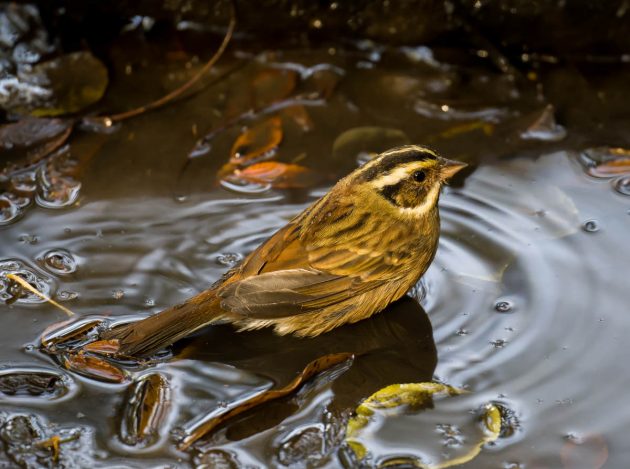
Presumably, the photos below show Swinhoe’s White-eye. But then, who can be sure? The HBW cryptically states that the “five subspecies recognized as part of Swinhoe’s White-eye here were until recently considered part of three separate species, including what was once Japanese White-eye, now Warbling White-eye (Zosterops japonicus), what was once Oriental White-eye, now Indian White-eye (Z. palpebrosus), and what was once Enggano White-eye (Z. salvadori).”
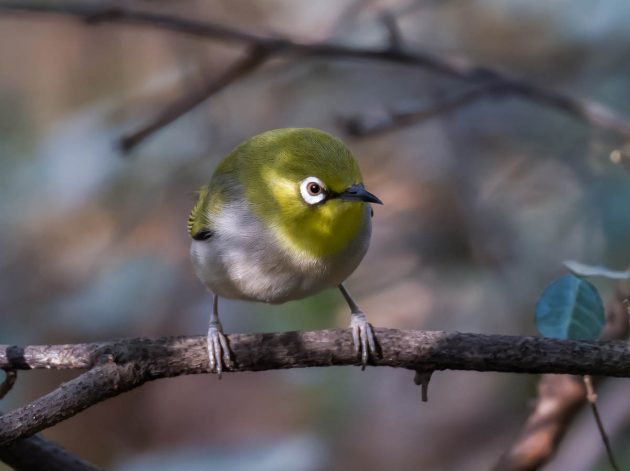
This one looks a bit concerned about not knowing which species it is. A bit like being adopted, I guess.
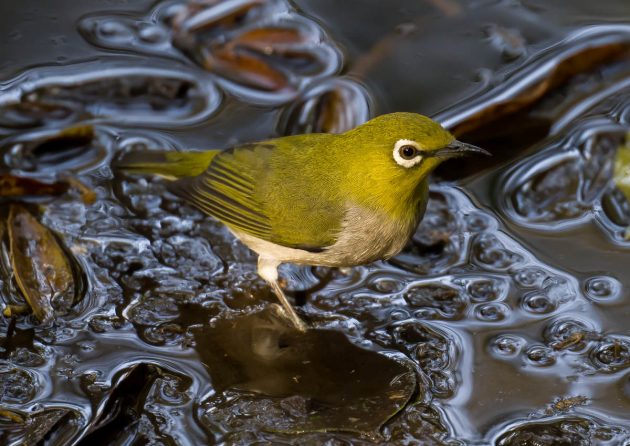
Why the species was named after a person who already has given his name to five other species of birds is not quite clear to me.
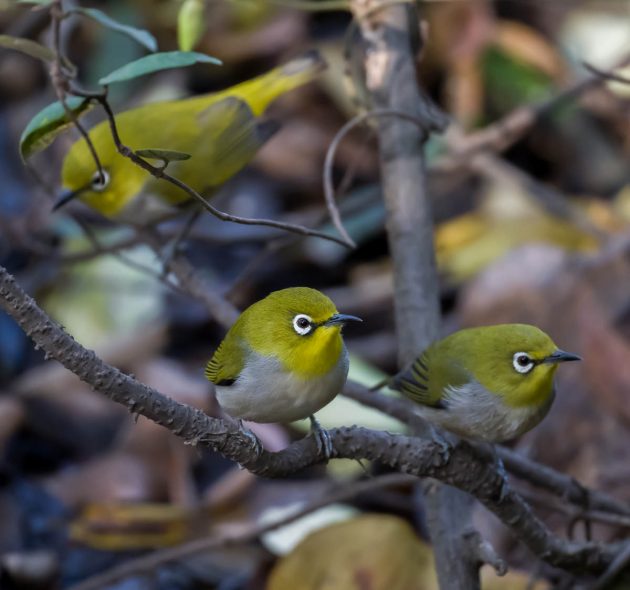
The HBW further promises that the species account “is still being revised, and future versions of this account will fully reflect these taxonomic changes.” Given that the current account was prepared in 2016, I am not holding my breath though.
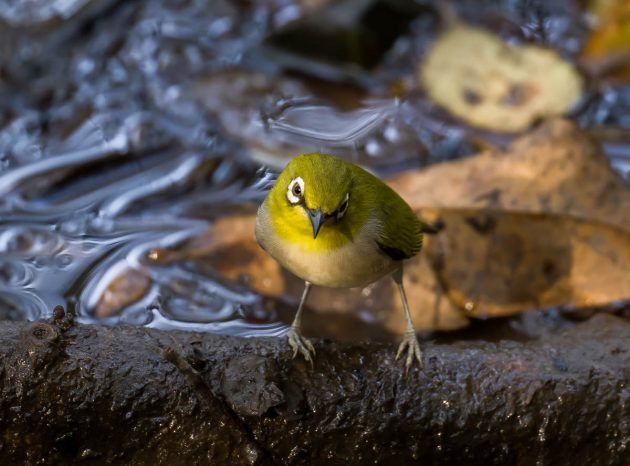
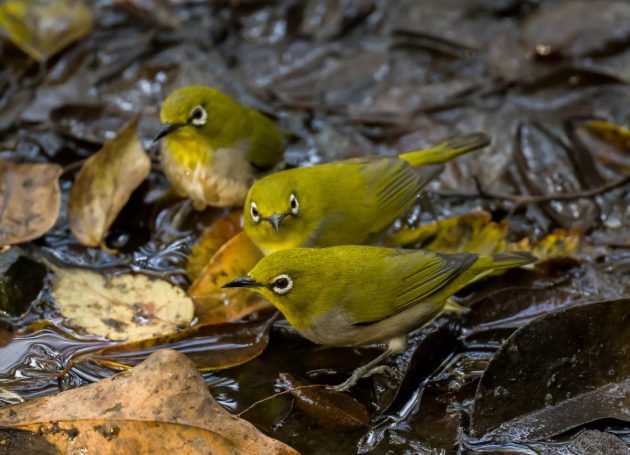
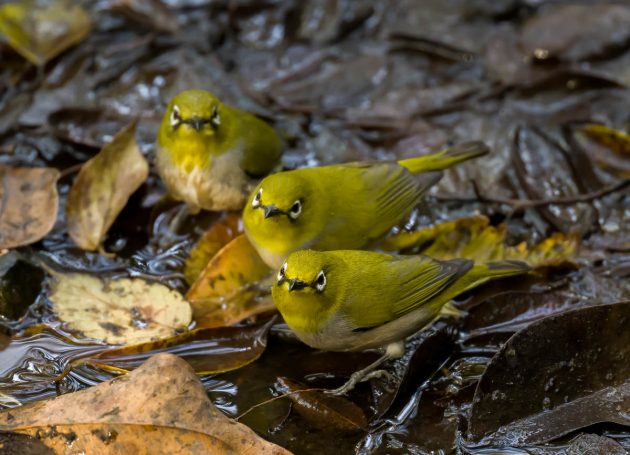
If you want to see a White’s Thrush drinking, you can take a look here or here. This species is wintering at Tianmashan, a forest park in Shanghai, and the HBW also calls it a “fairly common winter visitor in [the] Shanghai area”.
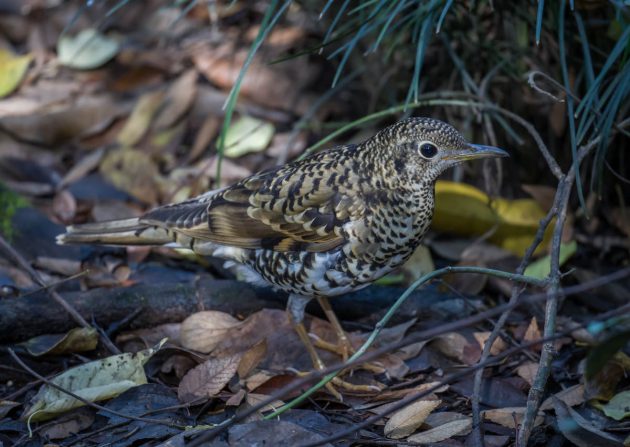

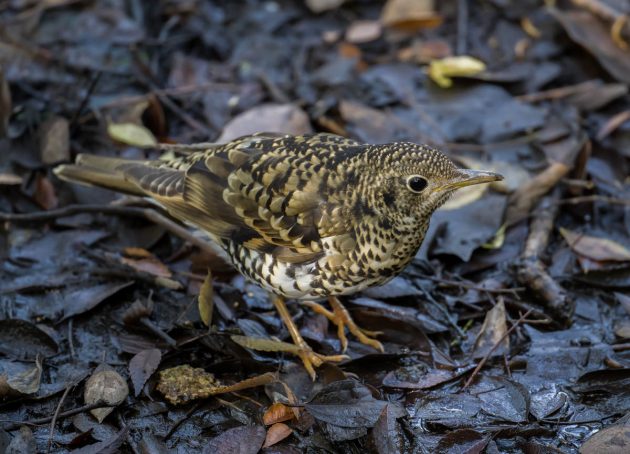
Depending on which photo you look at, you might even be able to understand the species name aurea, or “golden” (though it still seems a bit of a stretch to me).
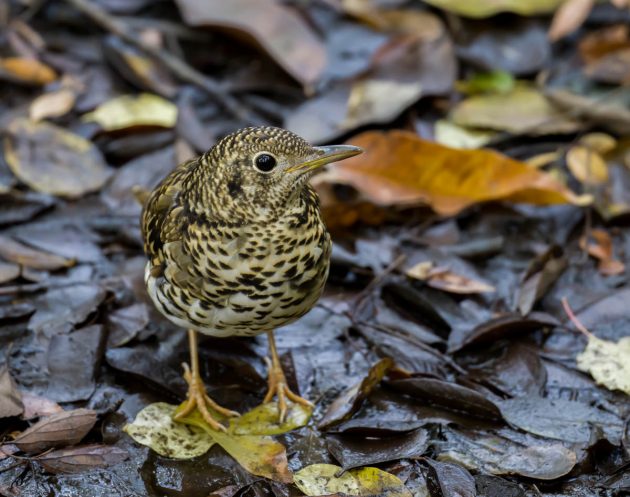
Given that most nests do not have running water installed, it is not surprising that a study found that Pale Thrushes (and two other thrush species) built their nest within 40 meters of a stream (source).
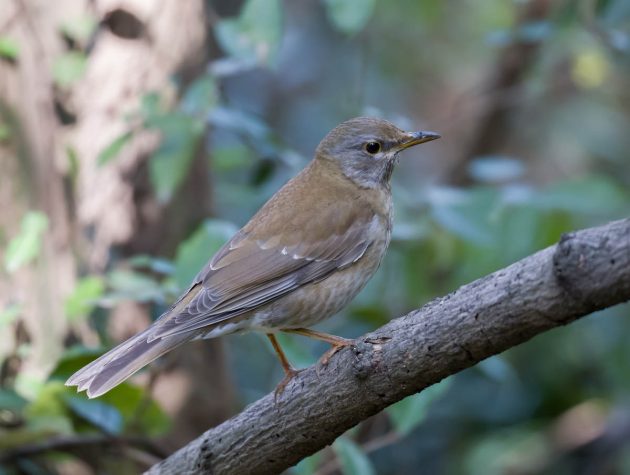
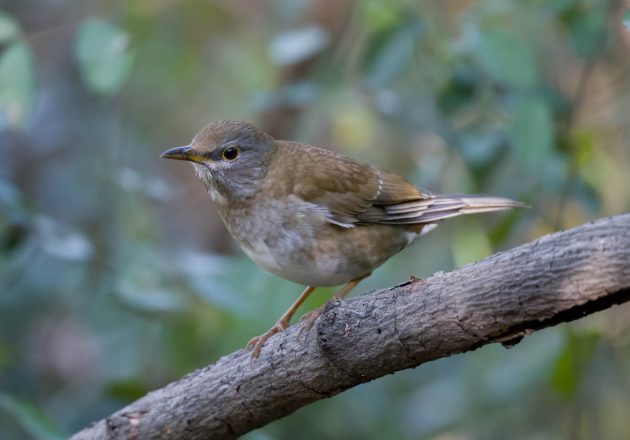
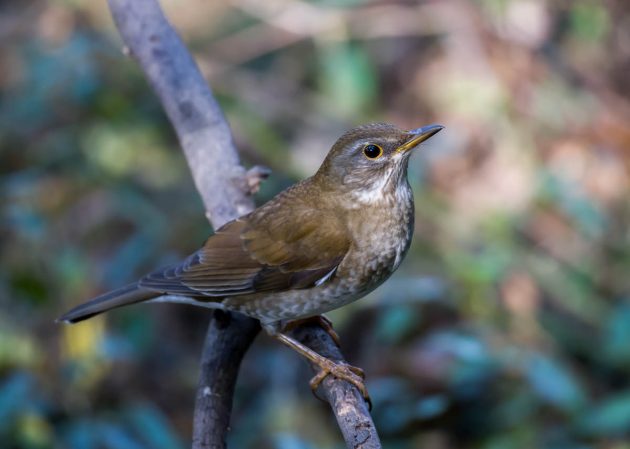
Is it the equivalent of a “Miss Wet T-Shirt” contest to show photos of wet birds, such as this Daurian Redstart …

… or this Pallas Leaf Warbler?
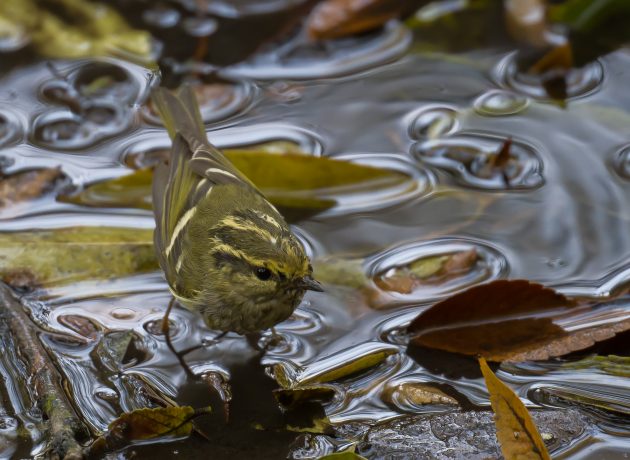
As Covid spreads in Shanghai (not a problem, it is no longer dangerous, according to the Chinese government), the Little Egrets previously spending time near my compound withdraw to some trees. I guess they do not quite trust the government announcement and thus practice avian social distancing …
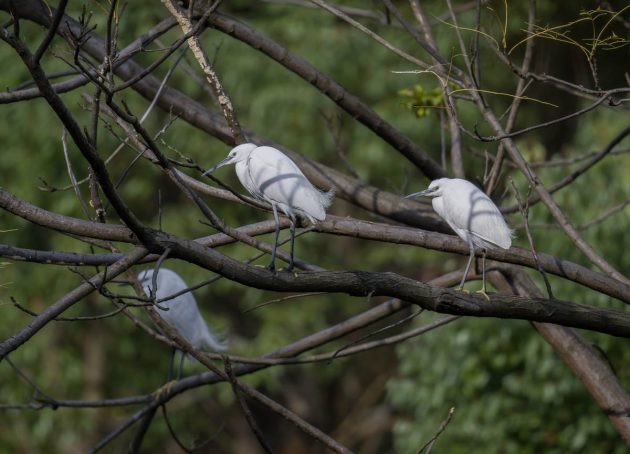
… while juvenile Black-crowned Night Herons practice their “Grim Reaper” pose.
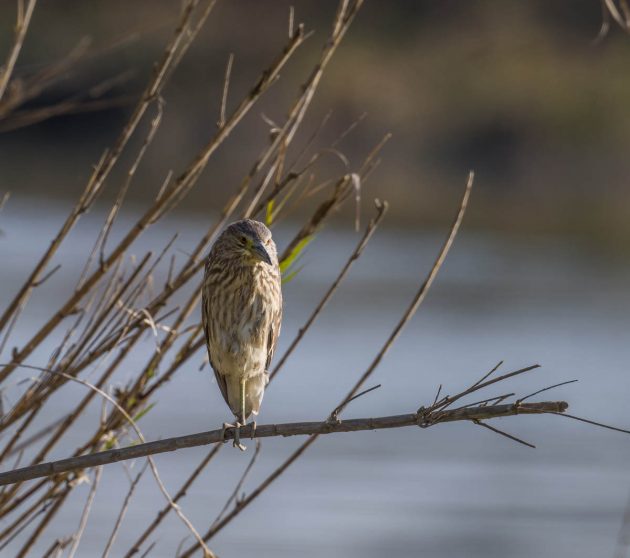
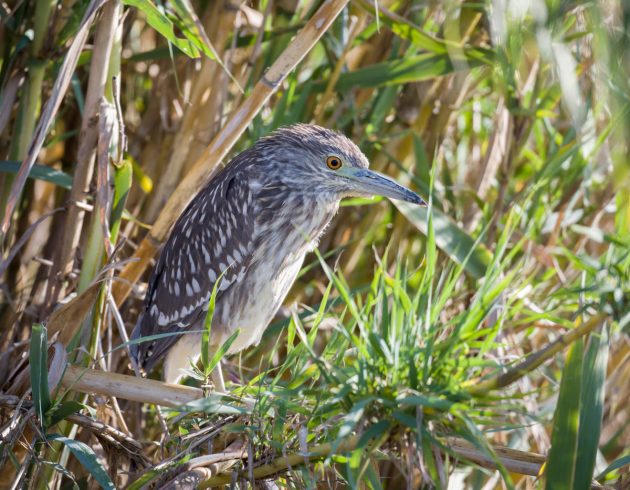
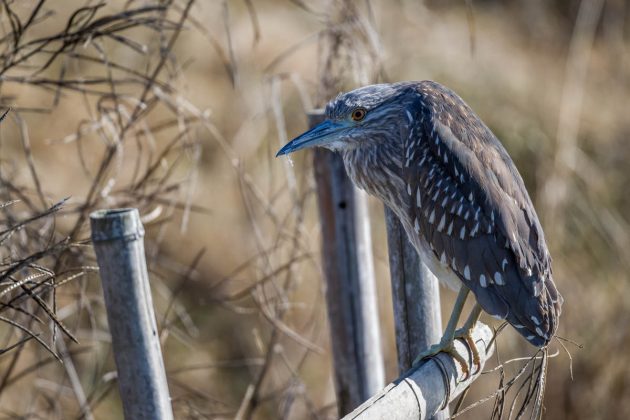
Reed Parrotbills are getting harder to find in Shanghai as the government has replaced reedbeds with trees (there is a quota for trees but none for reedbeds or parrotbills). Misguided incentives, anyone?
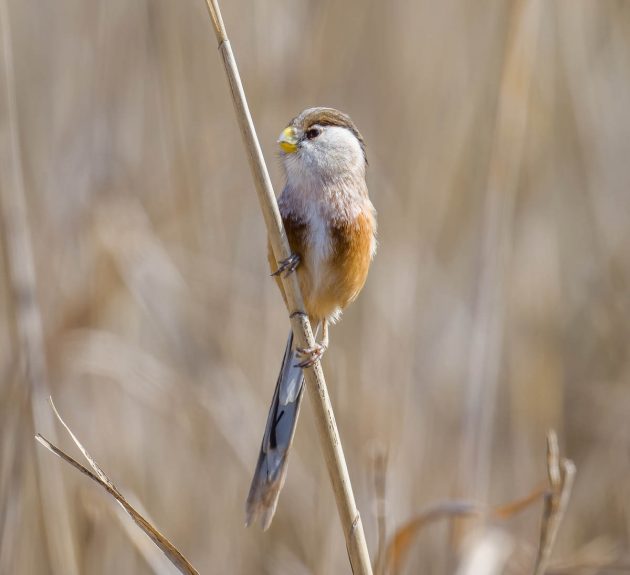
Maybe the parrotbills just need to adapt and put their nests in trees. Isn’t that what evolution is all about? An additional benefit would be less nest predation by tidal mudflat crabs, the primary cause of Reed Parrotbill egg predation in tidal reed-bed habitat (source). Win-win.
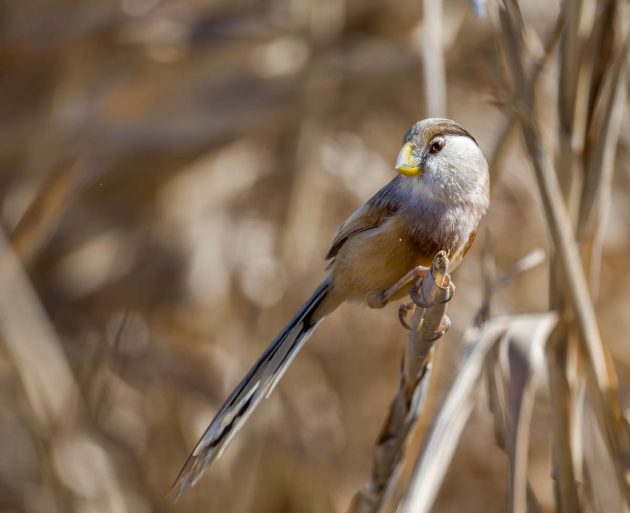
This individual is apparently practicing some kind of weird yoga.
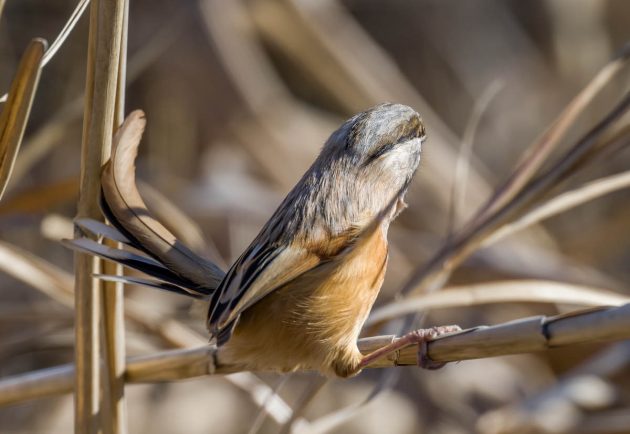
The Black-winged Kite has (at least in my impression) become more frequent in Shanghai in the past few years. Apparently, this is part of a broader trend – it has also been observed in Taiwan (source). In the long run, this may become a problem for the Eurasian Kestrel as the kites are more aggressive and may force kestrels to seek other wintering sites (same source). At the moment, at least on Chongming island both species are present.
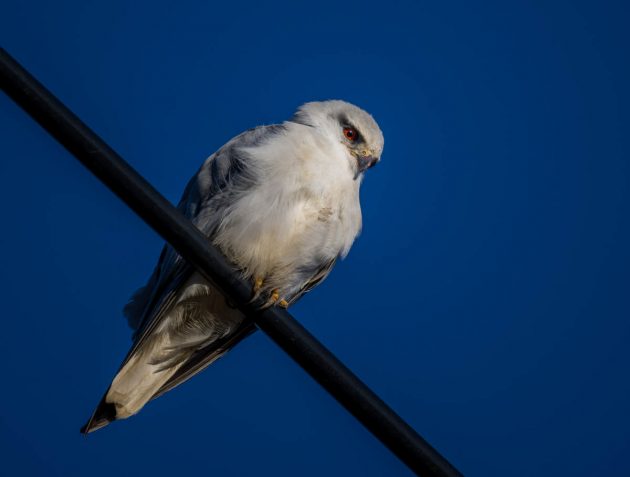
I was fortunate to visit Chongming island on the day of the 20th National Congress of the Chinese Spoonbills.
Some delegates
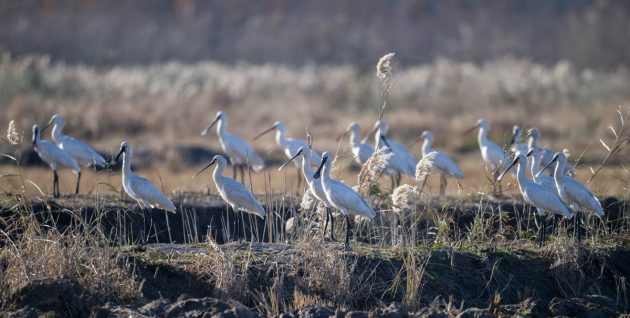
The obligatory group photo
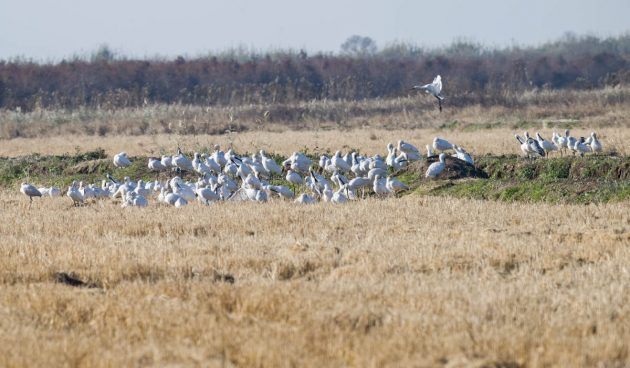
Discussing important topics in small groups
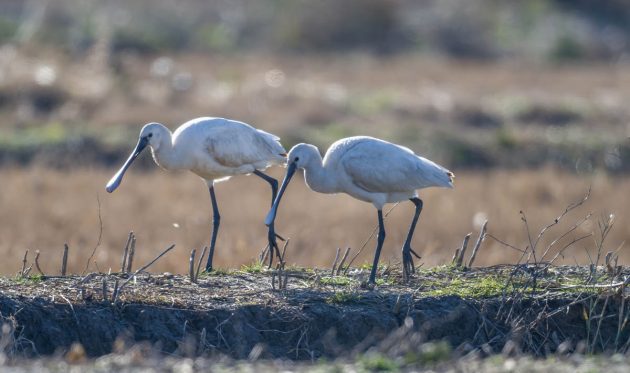
Minorities are also well-represented
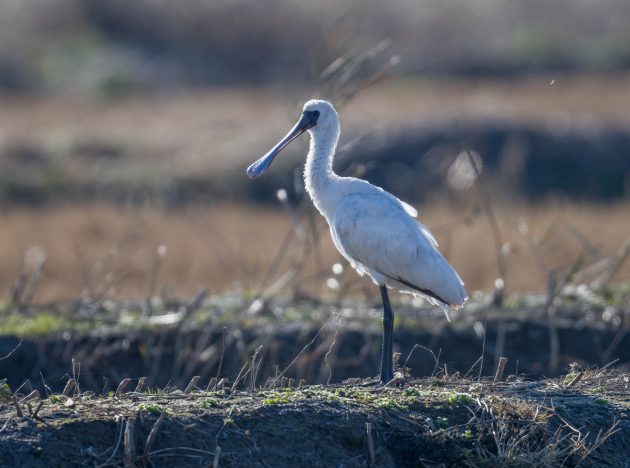
Apparently, the Eurasian Hoopoe is listed in the Old Testament as unclean and forbidden food for Jews. And indeed, the Tel Aviv McDonald’s does not sell any Hoopoe Burgers.
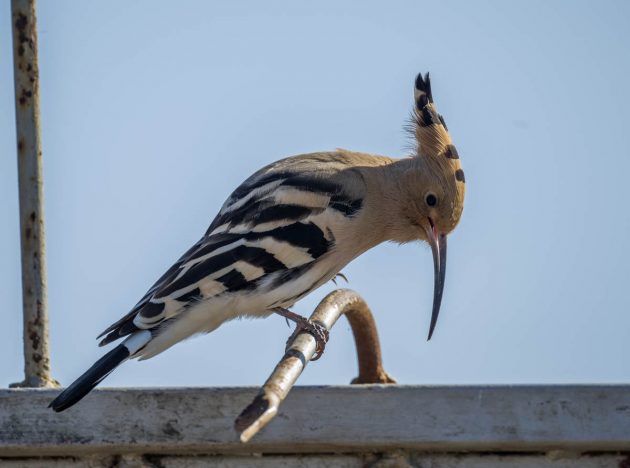
However, this makes it a bit surprising that it was also named Israel’s national bird.
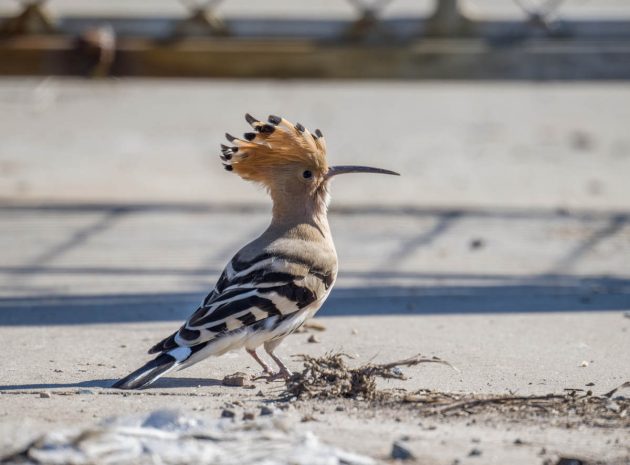
I know. I have already shown many photos of the Daurian Redstart. Not a good enough reason not to show some more, though.
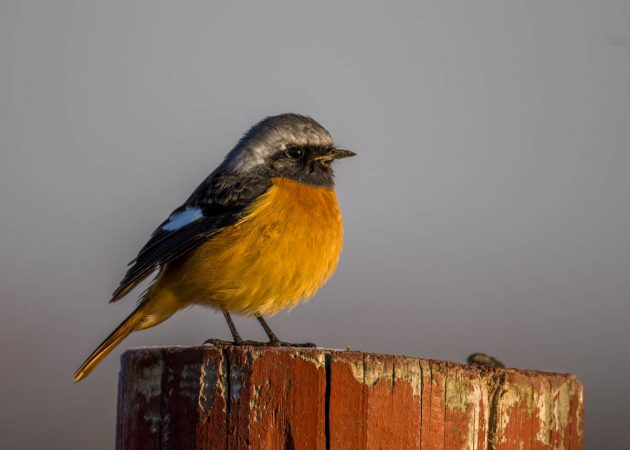
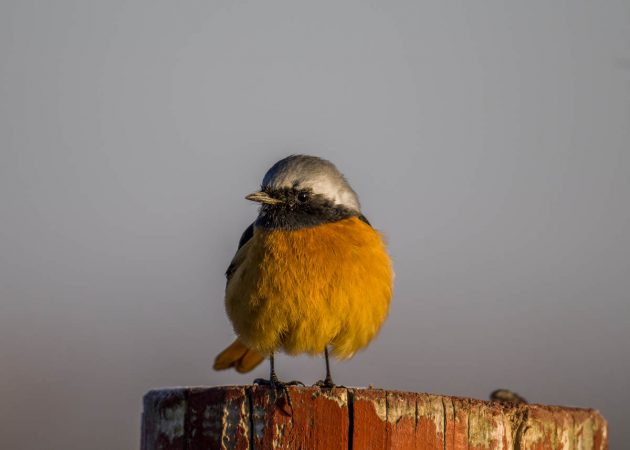
Ditto Grey Heron.
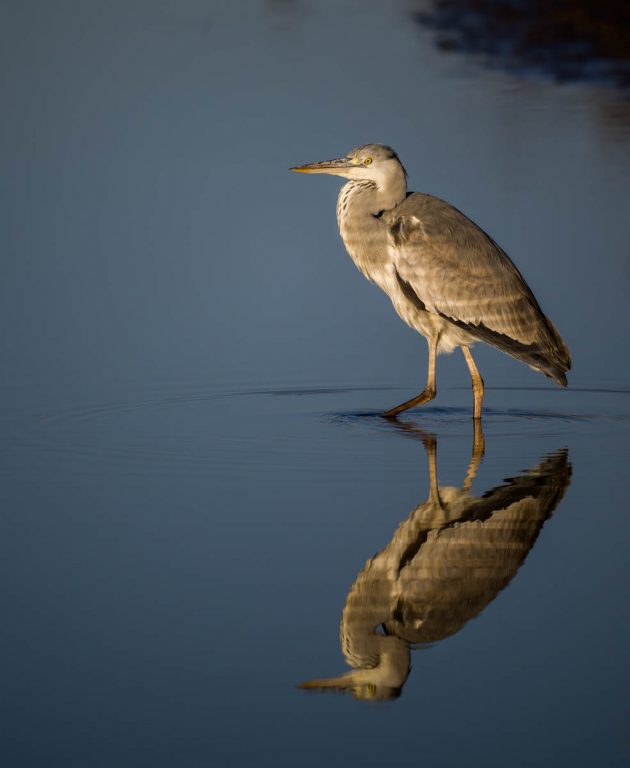
The Grey Heron is hoping to get some sponsorship from a producer of playing cards, as it thinks it has perfected the art of symmetrical photos.
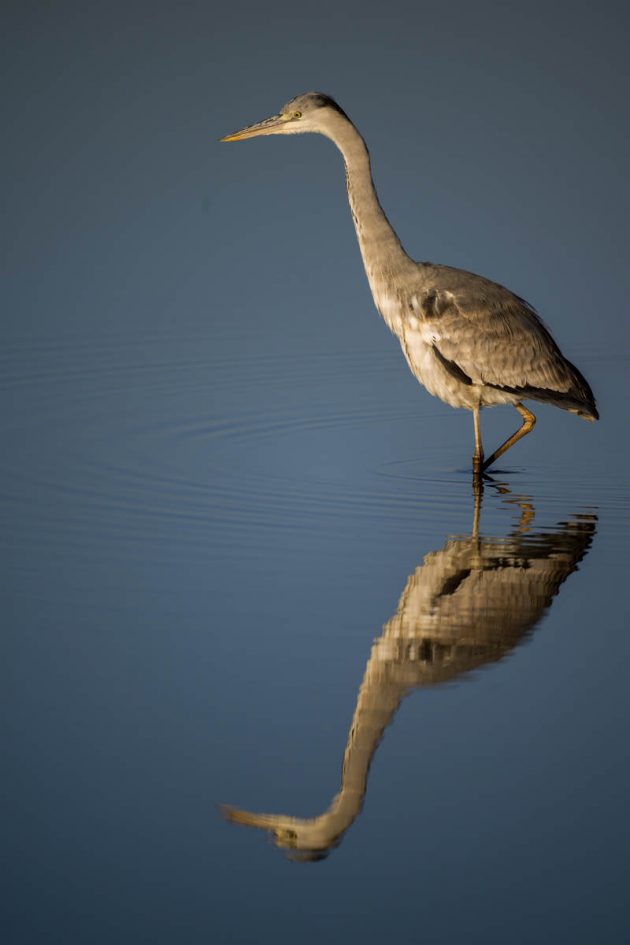
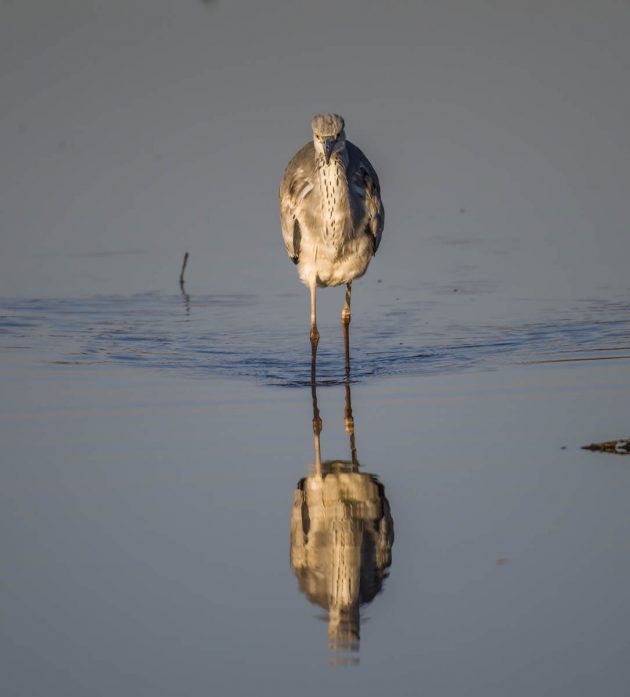
According to one paper, the Spotted Redshank is the German among the waders, at least in Finland: its arrival and departure on the breeding grounds are the most predictable. Surprisingly, they only stay on the breeding grounds for about 5 weeks. Then again, that is probably the length of summer in Finland.
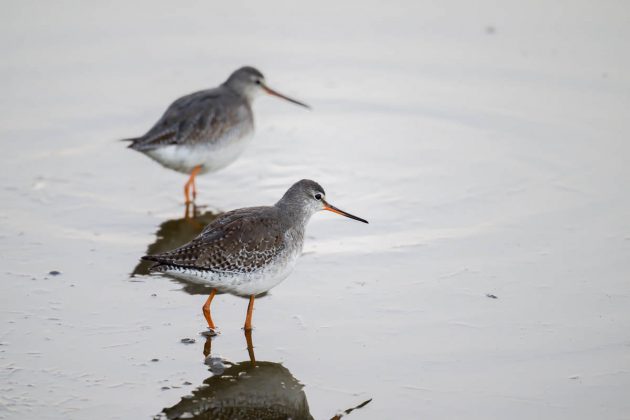
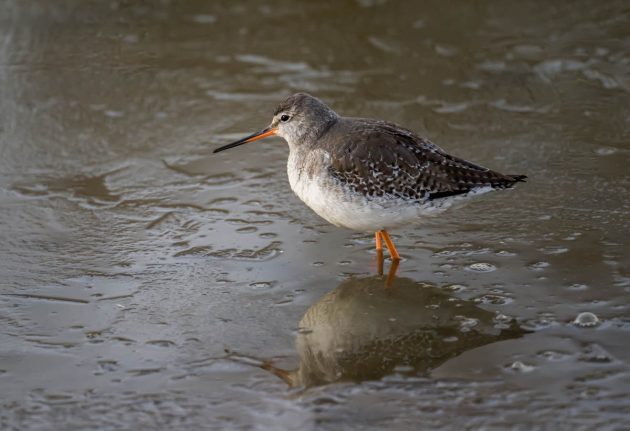
The Chinese Grey Shrike only comes to Shanghai in winter, mainly to visit its resident relative, the Long-tailed Shrike. Family ties are important.
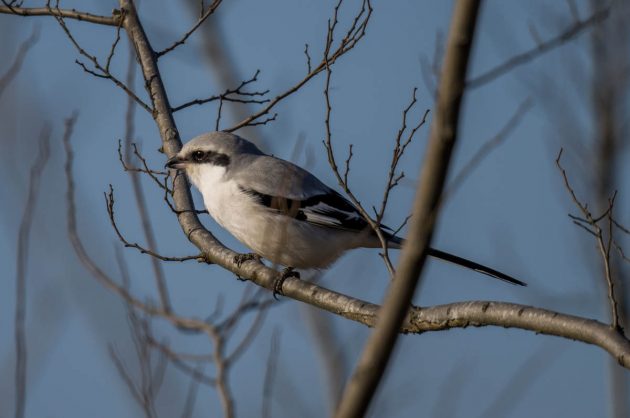
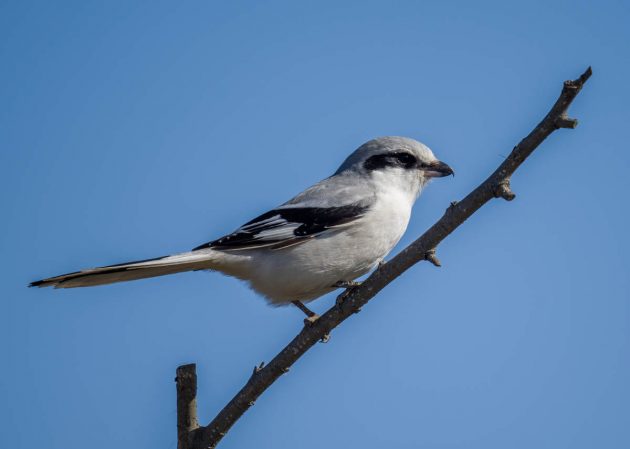
And to end this post, a mammal.
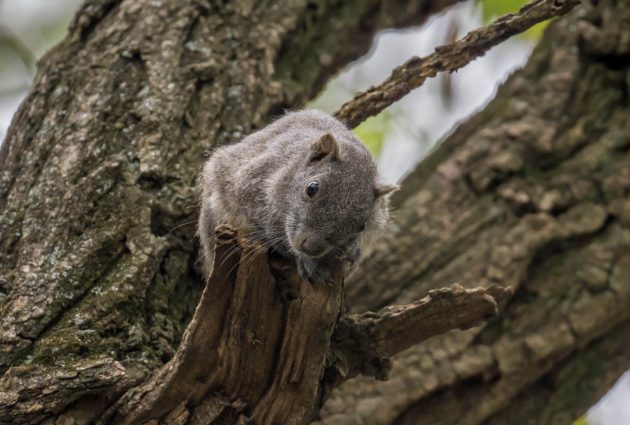
Cute, admittedly – but still a mammal, not a bird.
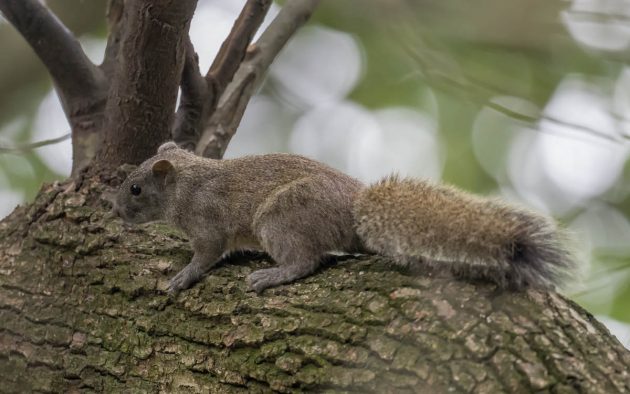











Kai
You asked for comments. I appreciate your post about birding in Shanghai. I read them each month and enjoy your comments about the birds. While I will probably never get to travel there, I at least get to see the local and not so local birds.
Thank you for you posts and keep them coming!
Jim
Kai, I always look forward to reading your posts about birding in Shanghai and whereabouts. Love the humour, witty jokes, cryptic messages, tips on horse bets, and comments about comments in bird guides. All this is great, keep it coming!
Many thanks
Seb from Paris
Jim, Seb, thanks for your nice comments! This feedback is highly appreciated, particularly as I am never quite sure whether any of my jokes are funny at all.
Always appreciate to read Kai’s posts with such a variety of jokes spanning from cryptic and awkward to name of music groups. And you do not shy from making them which shows great courage. The research behind and references mean you put a lot of time and dedication and it is great. Do not change in 2023!
All those photos are in high quality! This is the first time I know top ebirder in Shanghai region is a professional photographer! It is a great experience to meet you at Shanghai.